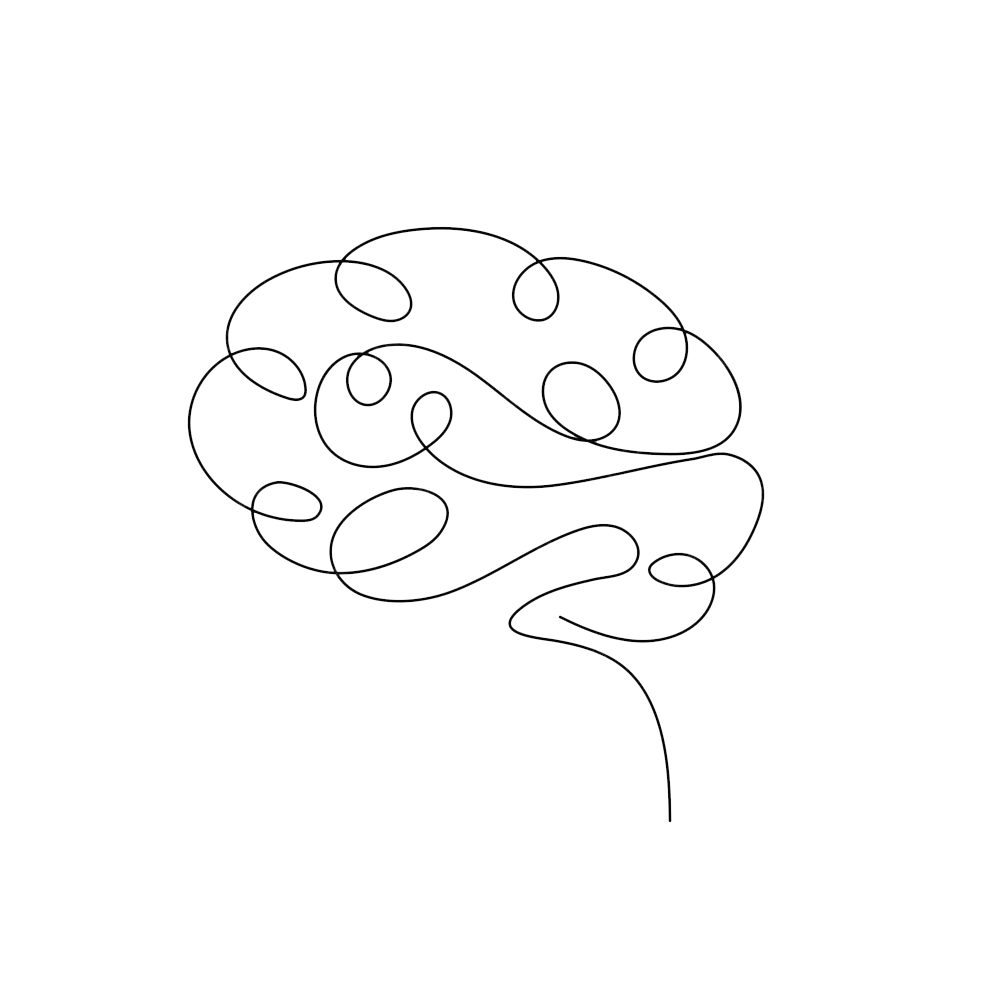The Science Behind Psychoanalysis-Based AI Drawing Analysis
Melding Neuropsychoanalysis and AI
Welcome to the forefront of Neuropsychoanalysis-driven AI! Our cutting-edge technology delves into the subconscious by analyzing your drawings and handwriting, uncovering the hidden layers of your personality, emotions, and behaviors. Say goodbye to generic surveys—we decode your unique story through the art you create.
Psychoanalysis-based AI drawing analysis explores the profound connection between our subconscious mind and our artistic expressions. Psychological research has long established that our unconscious thoughts, emotions, desires, and fears manifest through subtle patterns in our drawings and handwriting. These manifestations offer a unique lens into the human psyche, revealing aspects of our inner selves that are often beyond our conscious awareness.
AI-powered tools have been developed to recognize these subconscious expressions by meticulously analyzing shapes, lines, strokes, and other visual elements within our drawings. This analysis provides a window into the human psyche, uncovering hidden traits, emotional responses, and untapped potentials.
Traditional surveys and Q&A sessions often fail to capture the complexities of the human psyche. Respondents may consciously or unconsciously tailor their answers to align with social norms or personal expectations, leading to response biases that compromise the authenticity of the data collected. For instance, social desirability bias can cause individuals to overreport 'good behavior' and underreport 'bad behavior', skewing the results.
In contrast, our Neuropsychoanalysis-driven AI technology analyzes your drawings and handwriting, offering a more genuine reflection of your subconscious mind. This method transcends the limitations of conventional self-reporting tools, providing deeper insights into your personality, emotions, and behaviors.

Understanding Neuropsychoanalysis
Neuropsychoanalysis is an emerging field that bridges neuroscience and psychoanalysis, aiming to understand the relationship between the mind and the brain. This interdisciplinary approach posits that mental processes are deeply rooted in brain function, and that unconscious drives significantly influence our behavior and experiences. Advancements in neuroimaging and neuroscience have provided empirical support for many psychoanalytic concepts, highlighting the interplay between our mental states and neural activity.
The convergence of neuroscience and psychoanalysis has affirmed the dominant role of the unconscious mind and mental defense mechanisms, including projection, repression, identification, and sublimation. These mechanisms operate to defend against feelings of anxiety that have become uncomfortable, humiliating, or shameful. Experiences removed from conscious awareness may be isolated but are never forgotten; they manifest in relationships and have the potential to both protect and stifle. For instance, repression and denial will make themselves felt sooner or later in some manner or behavior.
The use of sketches and handwriting in psychology is based on these neuropsychoanalytic mechanisms, propelling the resurgence and validation of projective methods. According to Dr. Mark Solms, a pioneer in neuropsychoanalysis, this field seeks to understand the human mind, especially as it relates to first-person experience, recognizing the essential role of neuroscience in such quests. Dr. Eric Kandel, a Nobel Laureate, further stressed that psychoanalysis has an essential part to play in understanding the biological basis of behavior. He noted that advances in neural science have positioned both psychiatry and neuroscience for a rapprochement that allows the insights of the psychoanalytic perspective to inform the search for a deeper understanding of the biological basis of behavior.
This integration has led to the development of neuropsychoanalytically informed psychotherapies, aiming to improve treatments for various psychological conditions. As a result, many psychoanalysts have embraced the scientific method, attempting to put Freudian hypotheses to rigorous test. This rapprochement between psychoanalysis and neuroscience is considered a natural alliance, with Freud's theory still standing as perhaps the most influential and coherent view of mental activity that we have.

